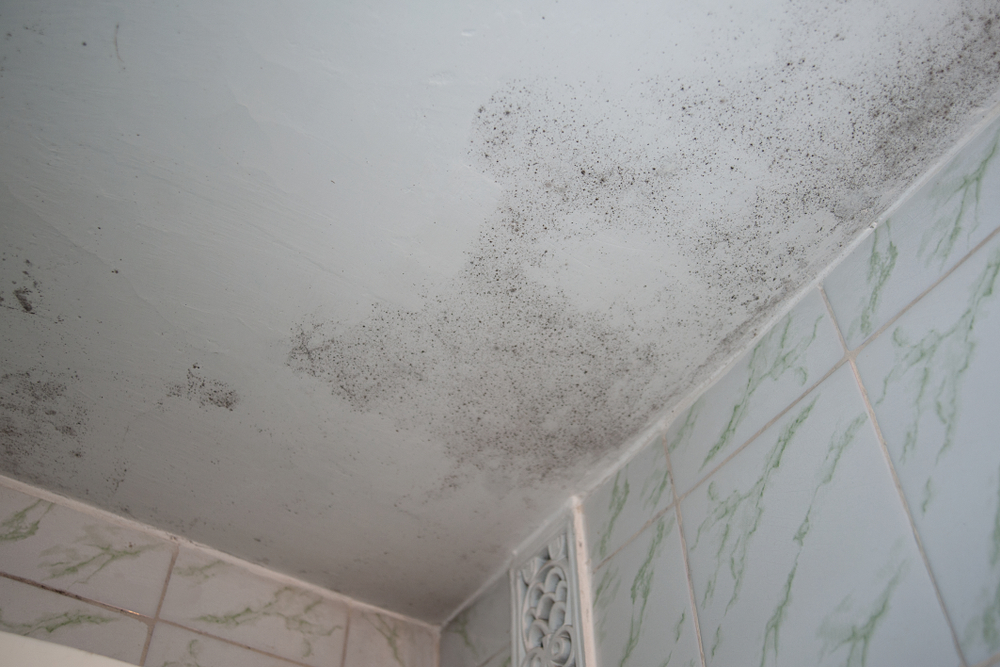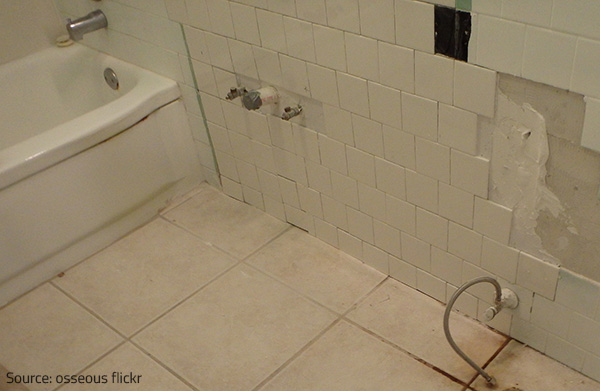Exactly How to Diagnose a Leaking Bathroom
Exactly How to Diagnose a Leaking Bathroom
Blog Article
What're your opinions regarding How to Repair and Prevent Bathroom Water Damage??

Water damage typically takes place in the restroom due to the water made use of daily. In some cases, the damages could be a little mold and mildew from the shower. Other times, it's enormous damages on your flooring. Whatever it is, it is always good to understand the reason and also prevent it before it occurs.
This overview will go through a few of the usual sources of water damage in the bathroom. We will likewise analyze what you can do to stop these reasons from harming your washroom. Let's dive in.
These are the common reasons you would certainly have water damage in your washrooms and also just how you can spot them:
Excess Moisture
It's amazing to have that lengthy shower and also dash water while you hem and haw and also act like you're performing, but in some cases these acts might trigger water damage to your shower room.
Spraying water around can create water to head to edges and also create mold and mildews. Watch how you spread excess moisture around, and when you do it, clean it up to prevent damage.
Cracks in your wall tiles
Washroom wall surface floor tiles have been specially designed for that purpose. They protect the wall surface from dampness from individuals taking showers. Nonetheless, they are not unbreakable.
Often, your shower room wall tiles crack and permit some dampness to permeate right into the wall surface. This might potentially destroy the wall if you do not take any kind of activity. If you observe a fracture on your wall tiles, repair it quickly. Do not wait up until it ruins your wall.
Overflowing commodes and also sinks
As people, in some cases we make mistakes that could create some water damage in the restroom. For example, leaving your sink tap on might cause overruning and also damages to other parts of the bathroom with dampness.
Likewise, a defective toilet can trigger overflowing. For example, a busted bathroom deal with or various other parts of the tank. When this happens, it can harm the floor.
As quickly as you observe an overflowing sink or toilet, call a plumbing professional to assist deal with it quickly.
Ruptured or Leaking Pipelines
There are numerous pipes lugging water to different parts of your washroom. Some pipelines take water to the toilet, the sink, the faucets, the shower, and also lots of other places. They crisscross the tiny area of the bathroom.
Occasionally, these pipes can get rusty as well as burst. Various other times, human action can cause them to leak. When this happens, you'll discover water in the corners of your shower room or on the wall.
To identify this, look out for gurgling walls, mold and mildews, or mildew. Call an expert emergency plumbing technician to fix this when it occurs.
Roof Leakages
Sometimes, the issue of water damage to the washroom may not originate from the bathroom. For instance, a roof leakage can cause damages to the bathroom ceiling. You can spot the damage done by considering the water discolorations on the ceiling.
If you find water spots on your ceiling, examine the roofing system to see if it's harmed. Then, call an expert to assist address the issue.
Final thought
Water damage to your washroom can be irritating. Nevertheless, you can manage it if you prevent a few of the reasons stated in this guide. Call an expert emergency situation plumber if you discover any type of extreme damage.
How to Repair and Prevent Bathroom Water Damage
Bathrooms are famously wet and damp, with a potential for water splashing in every possible corner. Some of that water could make its way onto walls and floors, causing water damage. In addition, it can potentially cause mold issues and structural damage that would require considerable effort to repair. Common signs of mold include brown staining, bowed or warped walls, a discernible musty smell, and peeling or bubbled paint. Mold can also cause wood rot and destroy the framework of your home.
By taking a few simple steps to waterproof your bathroom, you can avoid costly repairs and keep your bathroom looking its best. Should you find yourself with water damage, what could be creating the problem? It is typically caused by flooding, leaky taps, or burst pipes. According to the American National Standards Institute, there are three categories of water that affect your home:
Water Damage Impact on Your Health
If you find yourself with a damaged bathroom, you must act quickly. Delaying your repairs can cause further damage and affect the health of those in your household. Some health issues that can be potentially caused by water damage include the following:
Respiratory problems caused by mold. In some people, an allergy reaction to mold can be linked to asthma, and exposure can cause restricted breathing. Strep throat and ear infections brought on by bacteria-induced diseases. Illness resulting from insects whose presence can increase with conditions brought on by water damage. Insects like cockroaches and mosquitos consider moist environments an ideal breeding ground. Tips to Prevent Bathroom Water Damage
Regularly check for signs of leaks. Inspect your bathroom floor regularly for signs of water damage. Look for water-damaged bathroom walls like peeling paint, mold, or mildew. Touch the walls to check if any areas are softer than others. These signs indicate that water damage is present in your bathroom. Look for hidden leaks under vanities and ensure there are no leaks from the sink trap. If any of these problems exist, find the leak source and have it fixed. Taking immediate action to repair the problem is highly recommended. Ignoring water damage will only make the problem worse and lead to more extensive repairs down the road. Repair or replace cracked, broken, or missing tiles, which allow water to seep in behind walls and under floors. Do the same for cracked or decaying grout and caulking around sinks, tubs, and showers. The tiles can be properly cleaned and reinstalled. If a large number of the tiles are damaged, it may be ideal to consider shower enclosure kits, which are much easier to install and more durable. After the affected tiles have been removed, the next step is to cut out any soft, damaged drywall. Test valves for your toilets, showers, and sinks regularly to ensure they are properly working. Look for wetness or staining around them that could indicate a leak. Ensure that the showerhead and all the faucets are tightly placed and do not drip. You do not want to have water seeping in where it does not belong. https://www.puroclean.com/blog/how-to-repair-and-prevent-bathroom-water-damage/

As an enthusiastic reader about How to Repair and Prevent Bathroom Water Damage?, I figured sharing that piece of content was a smart idea. Appreciated our review? Please share it. Let another person locate it. We take joy in reading our article about How to Repair and Prevent Bathroom Water Damage?.
Book-Now Report this page